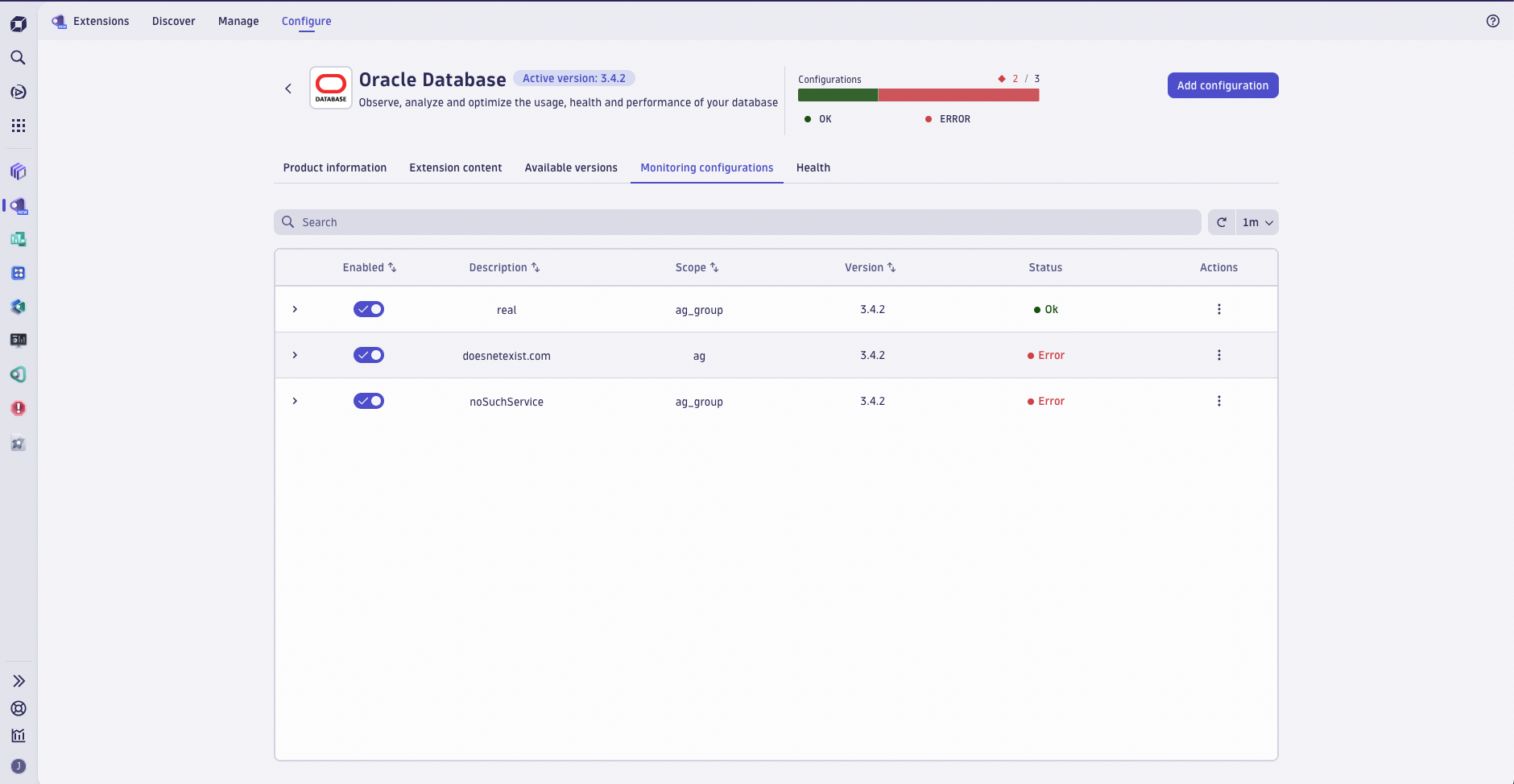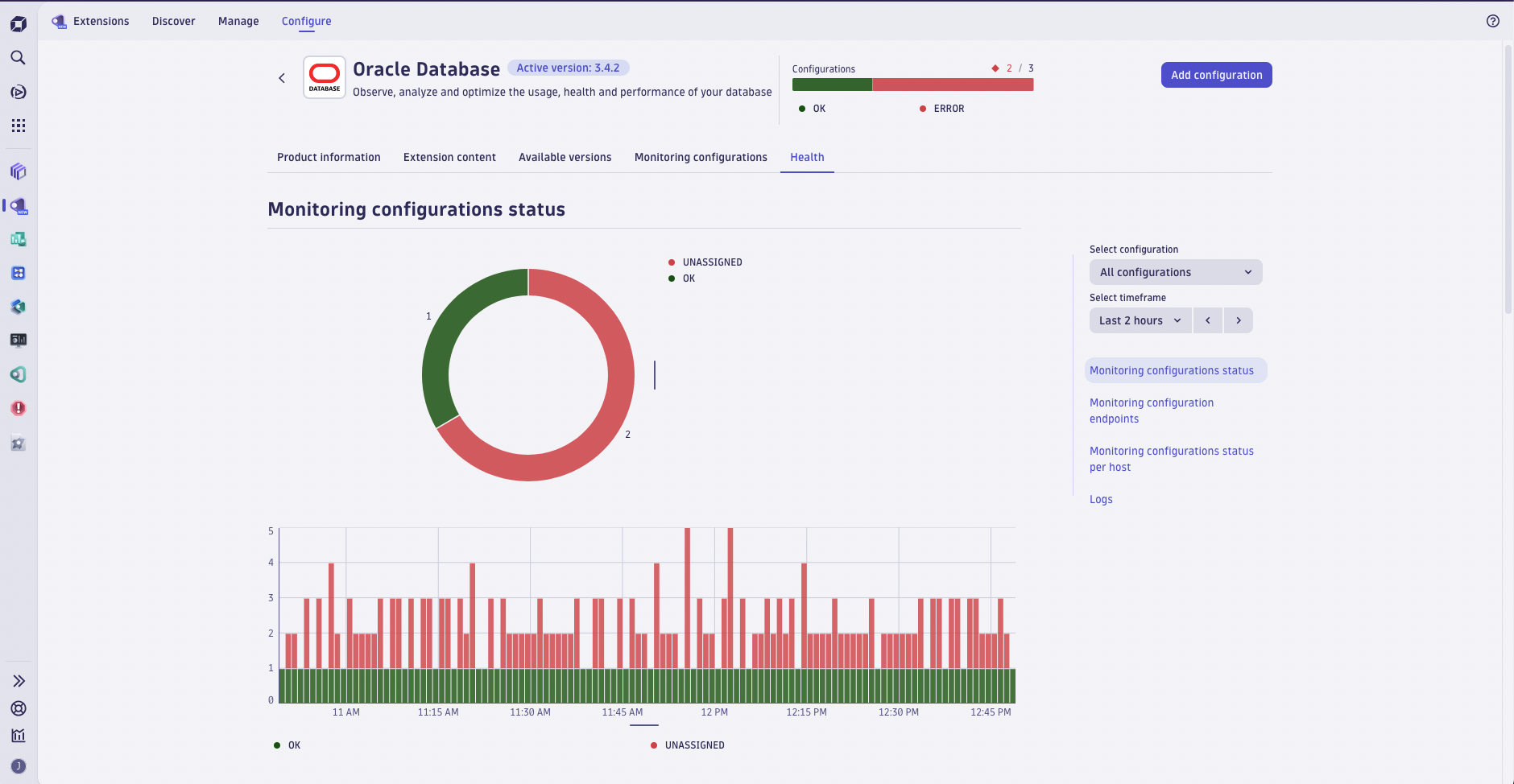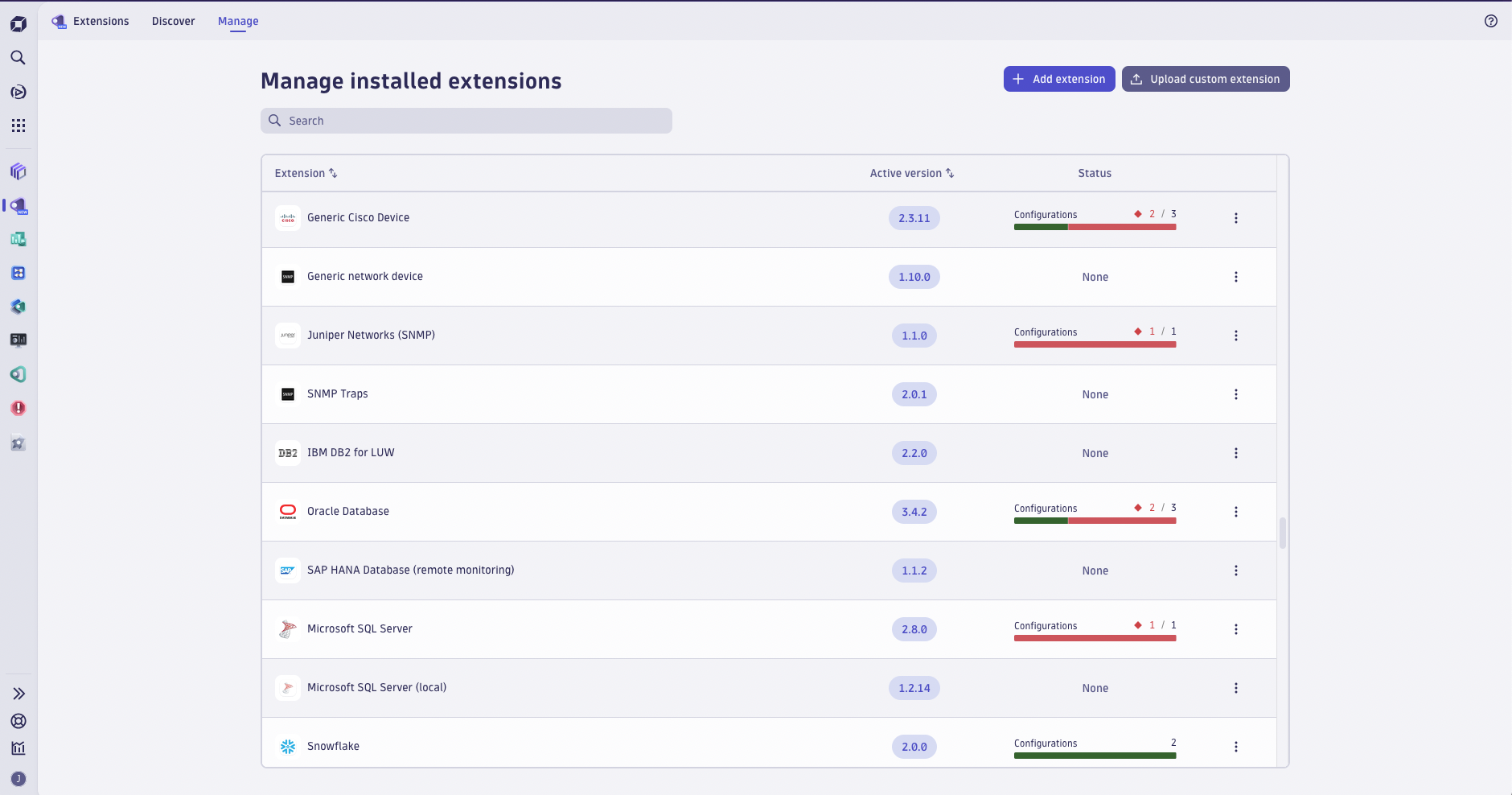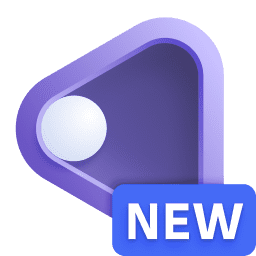Manage Extensions
- Latest Dynatrace
- How-to guide
- 7-min read
- Published Jun 16, 2025
Manage Dynatrace extensions for hundreds of technologies.
Prerequisites
Overview
Extensions allows you to extend Dynatrace capabilities for data acquisition and domain expertise to hundreds of technologies. Extensions app is your central resource for managing and configuring Extensions 2.0.





Upload a custom extension from Dynatrace Hub
- Go to Extensions > Upload custom extension.
- Select your extension archive and upload it to Dynatrace.
Dynatrace Hub verifies the extension archive and structure and automatically enables it after a successful upload.
Most fields are pre-filled based on the extension YAML file. You can provide release notes information explaining why the extension version changed.
Deploy an extension from Dynatrace Hub
- Go to Extensions > Discover.
- Find the extension from the list or use the search bar. All extensions already in your environment are marked with Installed.
- Select the tile of the extension you want to add, then select Add to environment.
You can now check the Product information, Extension content, Available versions, Monitoring configurations, and Health of your extension by selecting each of the tabs.
Define devices
Select Add device to define the devices from which you want to pull data and provide the device connection details:
- IP address or device name
- Port
- SNMP version and related authentication details
Start monitoring
Your extension appears in Dynatrace Hub. The next step is to provide the monitoring configuration for your extension. The detailed steps depend on your extension data source. For more information, see:
Update an extension from Dynatrace Hub
To update an extension, simply upload a new version. Dynatrace Hub will automatically activate the new extension version.
Each update of the extension will overwrite the metric event configuration that may come with the extension. This means that any customizations made to the metric events settings will be reset to their default values upon updating the extension. It is advisable to take note of any custom configurations and reapply them after the update if necessary.
Delete an extension from Dynatrace Hub
You can uninstall an extension or remove a version of that extension.
To uninstall an extension
- Go to Extensions > Manage.
- Find the extension you want to remove and select > Uninstall.
To delete extension versions
- Go to Extensions > Manage.
- Select the extension tile to open the details.
- Select Available versions > Uninstall.
When you delete a version, Dynatrace Hub activates the latest available version.
 Extensions
Extensions